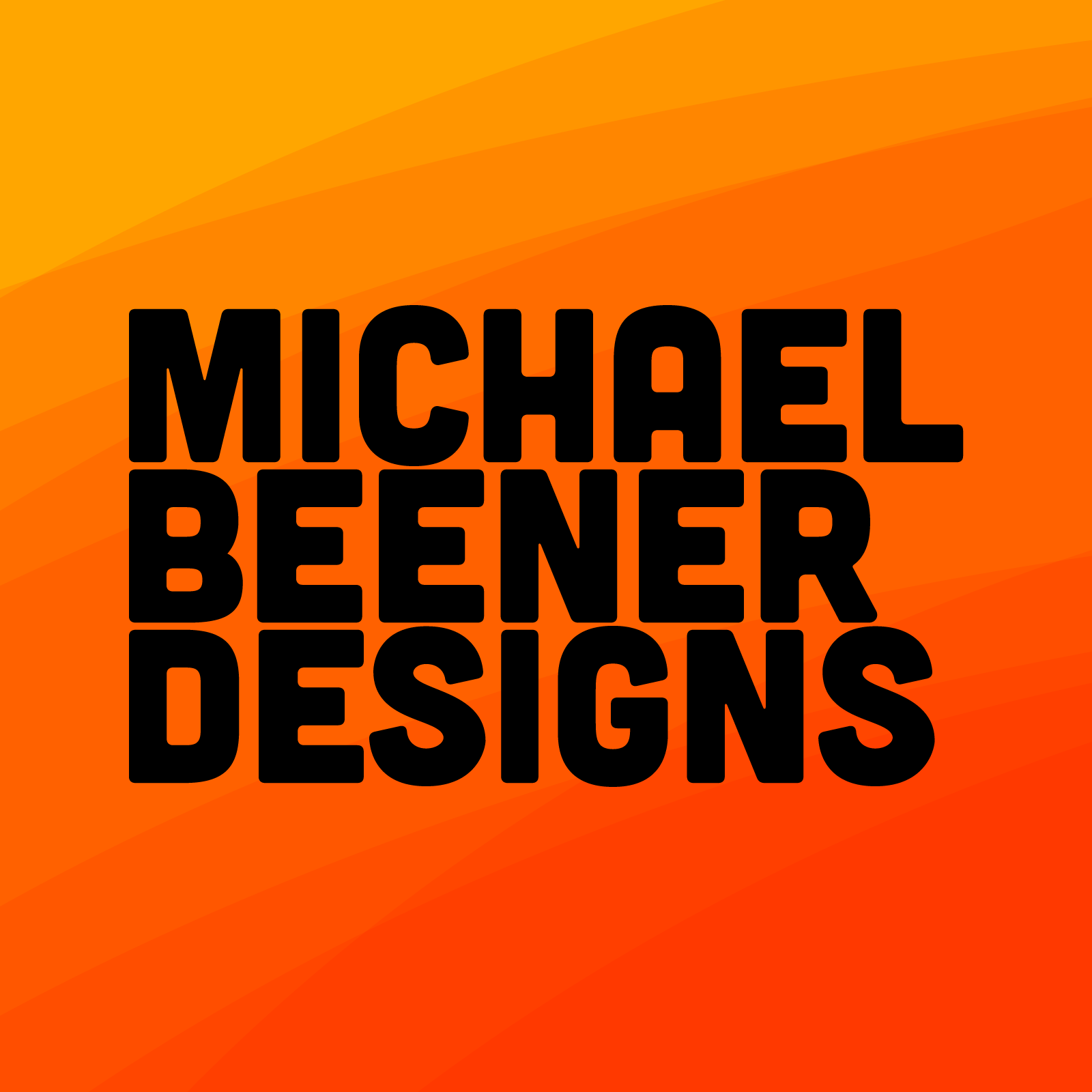What does the visual world look like in 2025? Spoiler: it’s bolder, more playful, and unapologetically human.
Graphic design, much like fashion or music, is constantly evolving. It adapts, reinvents, and transforms in response to culture, technology, and shifting societal moods. As brands, designers, and creators navigate a post-AI, hyper-digital marketplace, the landscape has changed once again—now emphasizing emotion, authenticity, and an exciting blend of the old and the new. Whether you are an experienced creative director or a freelance designer burning the midnight oil with a cup of iced coffee, these trends are influencing the visual language we see everywhere, from packaging to social media feeds.
1. Maximalism is Back—and Louder Than Ever
Minimalism’s reign of whitespace and quiet restraint is finally giving way to something wilder. Maximalism has crashed the party in full color: think layered textures, complex patterns, mismatched fonts, and even garish gradients. Brands like GUCCI and Adobe are embracing this “more is more” energy, reminding us that sometimes design should feel alive, even overwhelming. The message: Show it all. Hide nothing.
2. AI-Generated Surrealism
With AI tools like Midjourney and Adobe Firefly becoming essential for designers, generative art has evolved from a novelty to a distinct style. Expect to see dreamlike compositions, unusual object combinations, and warped photo realism that blur the lines between design and fine art. However, the best designers are enhancing AI-generated work with a human touch, incorporating hand-drawn elements, rough textures, and real-world imperfections to remind us that technology is not the ultimate creator.
3. Retro-Futurism: Y2K Meets 80s Arcade
Chrome gradients, neon grids, and liquid typography are making a comeback as retro-futurism returns to the forefront. This trend draws inspiration heavily from the digital era of the 1980s and the quirky web styles of the early 2000s. Nostalgia is key, but with a modern touch. Imagine interfaces that resemble vintage arcade cabinets or websites styled like 1999 MySpace, yet are sleeker, cleaner, and playfully self-aware.
4. Brutalism Softens Its Edges
Remember when Brutalist websites were characterized by harsh grids and a lack of warmth? Now, they are evolving. The new Brutalism still defies conventions with clashing fonts, oversized headlines, and elements that break traditional grids, but it incorporates more color, humor, and playfulness. You might call it “Brutal-ish.” Even corporate brands are beginning to embrace this messy yet trendy aesthetic to appear more “human” and less like traditional corporations.
5. Sustainability Signals
As climate consciousness moves mainstream, brands are demanding visuals that convey a sense of sustainability—raw paper textures, earth tones, recycled iconography, and imperfections. This trend isn’t just for packaging design; UI and digital branding are also shifting towards natural materials and handcrafted touches, even when pixels are the medium. Authenticity is the new luxury.
6. Motion as the New Static
Static graphics can feel somewhat lifeless. Motion design is quickly becoming essential, even for basic brand assets. Whether it’s micro-animations in logos or dynamic elements that are triggered by scrolling on websites, there is an expectation for movement. Designers are now considering motion in the same way they used to think about composition—what happens between frames is just as important as the final display.
The Takeaway? Personality Wins.
2025 is the year of design with soul. Audiences are craving joy, texture, surprise—the things that make design feel human in an increasingly automated world. The pressure to be “polished and perfect” is giving way to something wilder, messier, and (frankly) more fun.
So grab that experimental typeface. Mix those patterns. Break the grid. The future of graphic design belongs to the brave.



